Producers
-
Description:
Chiapas is a southern Mexican state bordering Guatemala. Its mountainous highlands and dense rainforest are dotted with Mayan archaeological sites and Spanish colonial towns. It is also home to one of the largest indigenous populations in the country.
The spirit, pronounced like “posh,” is distilled from a mix of corn, wheat, and/or sugar cane, and was originally produced by Chiapas’ indigenous Tzotzil Mayans, who would traditionally drink it during religious ceremonies, a practice that continues into the current times Despite pox’s growing popularity, the Mexican government has yet to officially recognize it as a distinct category of spirit, which means that there are currently no rules that define how, where or from what materials it’s made.
Experts agree that pox hails from the highlands of Chiapas around San Cristóbal de las Casas, and the municipality of San Juan Chamula, where the Tzotzil Mayans reside. And every producer follows a slightly different recipe, with some more willing to share their method than others.
Macerated with corn black as night, releasing his spirit of wisdom to an earthly worldFirst, sugarcane is crushed, juiced and boiled to create piloncillo (like a sticky brick of raw brown sugar). Meanwhile, four different heritage varieties of corn (white, red, yellow and black) are dried, husked and ground. Next, wheat bran is placed in a large wooden fermenter, and local spring water is slowly introduced. Finally, the ground corn, piloncillo and additional fresh sugarcane juice are added to the vat, where natural, spontaneous fermentation occurs over 10-18 days. The mash is distilled twice, using wood-fired copper pot stills (proof will vary slightly from batch to batch).
A double distillation is done before the third distillation, a quick black corn maceration is applied in which the distillate is not really transformed, nor does it contribute to the process that much, but it does to its spirit, and after, it is placed through the copper alembic for its third distillation to achieve a final product of 46%. The final result is savory on the nose and palate with notes of ancho and guajillo chiles, esquites, dried coconut, and baked corn husk.
Image: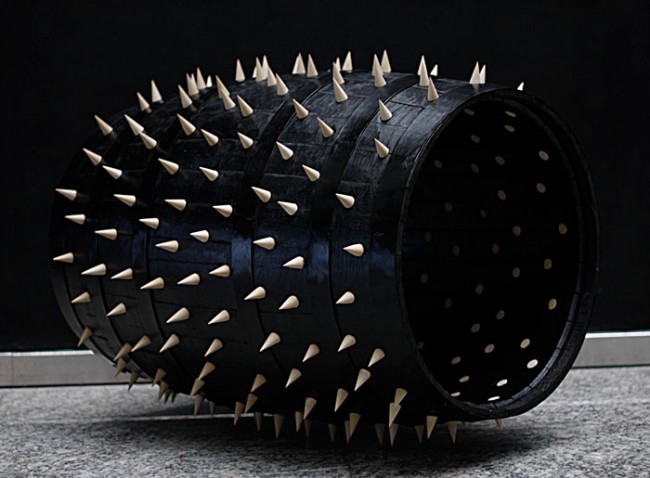 Region:
Region: -
Description:
Drew Bledsoe grew up in Walla Walla, Washington, during a time when it was becoming the state’s most famous wine region. Later in life, and following a successful professional football career, Drew returned to his hometown to try his hand at producing wine. While he had been drinking and collecting wine for many years, he knew he would need help making it. Luckily, his neighbor and childhood friend was Chris Figgins, owner and winemaker for the legendary Washington winery, Leonetti Cellar. Drew reconnected with Chris and, following his guidance, planted the estate “McQueen” vineyard at the southern edge of the Walla Walla Valley. And like that, Doubleback Winery was launched with the 2007 vintage with Figgins as the winemaker. Chris continued to make the wines until the 2013 vintage when had to move on to work full-time at Leonetti and his new project, Figgins Family. Since then, the wines have been made by Josh McDaniels, who studied under Chris and worked at Leonetti for almost a decade. Josh, now CEO and winemaker for Doubleback, has become a rising star in the Washington wine scene, most recently being selected to Wine Enthusiast’s “40 Under 40 Tastemakers of 2020” list.
Image: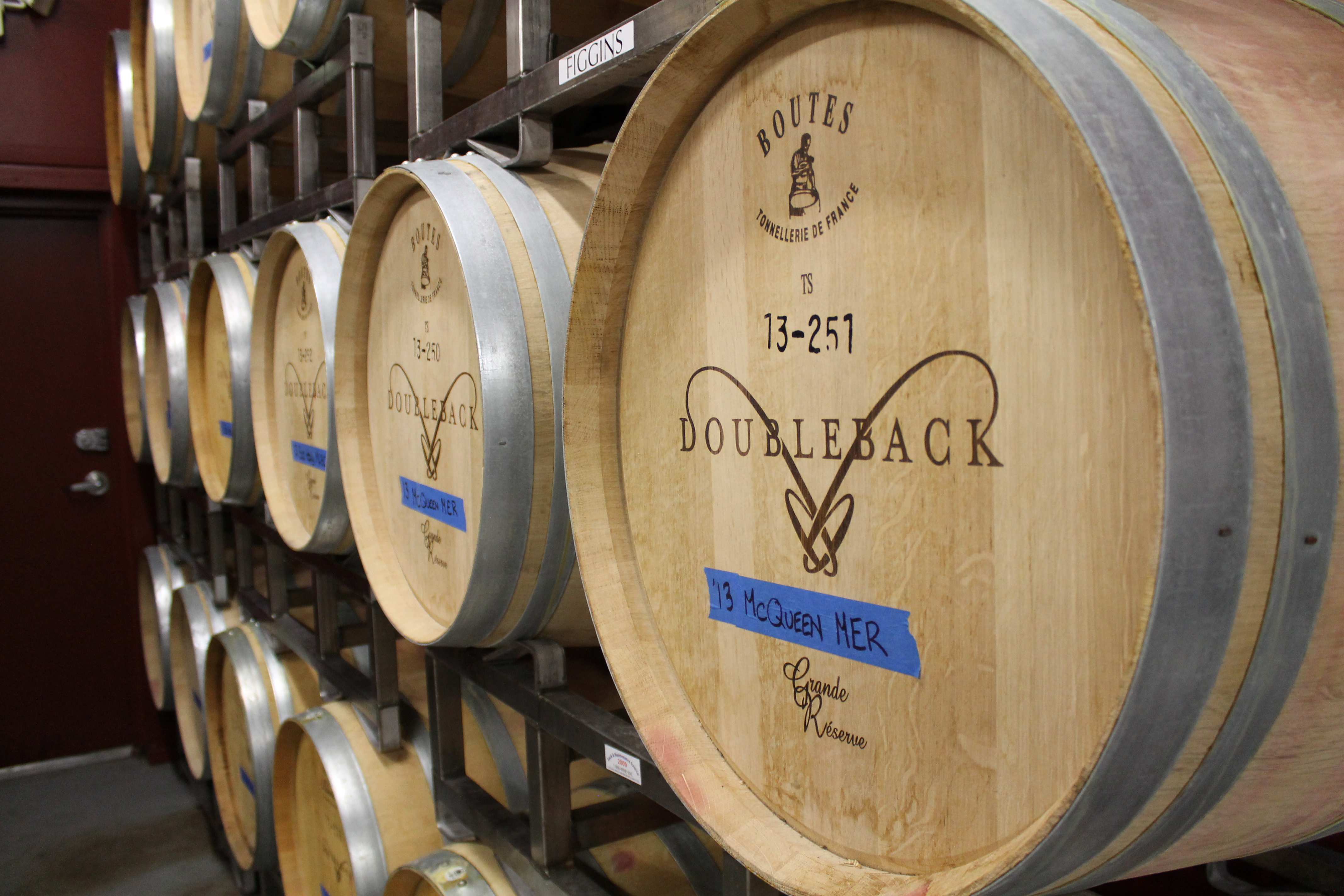 Region:
Region: -
Description:
An exciting new project by American wine broker, author, teacher and longtime German wine champion Willie Glückstern. Sourced only from steep slopes (steilagen) in the Mosel - unlike most of its competitors which come from cheaper flatland fruit - every vintage of this Riesling is seriously mineralic, racy, and dry. Bottled in a whimsical package and only shipped fresh as needed, this is a fabulous value in dry German Riesling.
BOWLER E-Zine Issue 3 | July 2021: Moselland: Behind the Bunny
Image: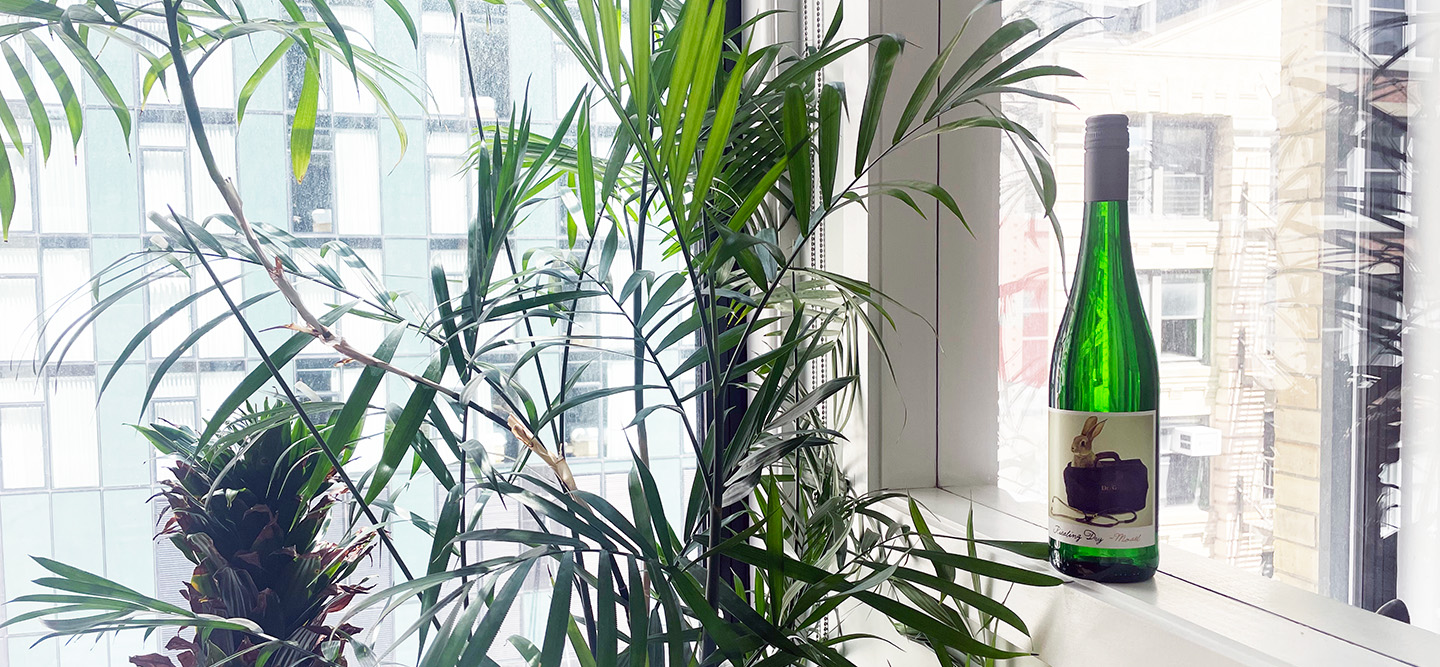 Region:
Region: -
Description:
Jason and Molly Drew started Drew in 2000 with a clear pursuit in mind: to craft cool climate wines that express site distinction and traditional varietal character. Their moment came when they stumbled upon an old 26 acre apple orchard within the Mendocino Ridge Appellation. While others saw a daunting project in this old forgotten orchard, Jason and Molly saw ancient oceanic soils, south facing slopes that sit just above the fogline and a true coastal climate, with the ocean a mere 3 miles away. They took the leap and the Drew estate winery at Faîte De Mer Farm was born.
The eight acre estate vineyard was planted to a collection of California heritage field selections and several Dijon clones of Pinot Noir. Additionally, two acres of Chardonnay were added along with a small truffle orchard to accompany the remaining 14 acre apple orchard. Faîte De Mer Farm is certified organic, continuing a 30-plus year tradition of organic farming on this site.
While Faîte De Mer Farm remains their passionate focus, they also hold several Anderson Valley & Mendocino Ridge sites in high esteem. Single vineyard sources are chosen for their climate, clonal selection and complexity of soil type as well as a commitment to meticulous and sustainable farming practices. Winemaking practices remain focused on traditional methods that include whole cluster and native yeast fermentations, hand punch-downs and in most instances, no fining or filtering.
Image: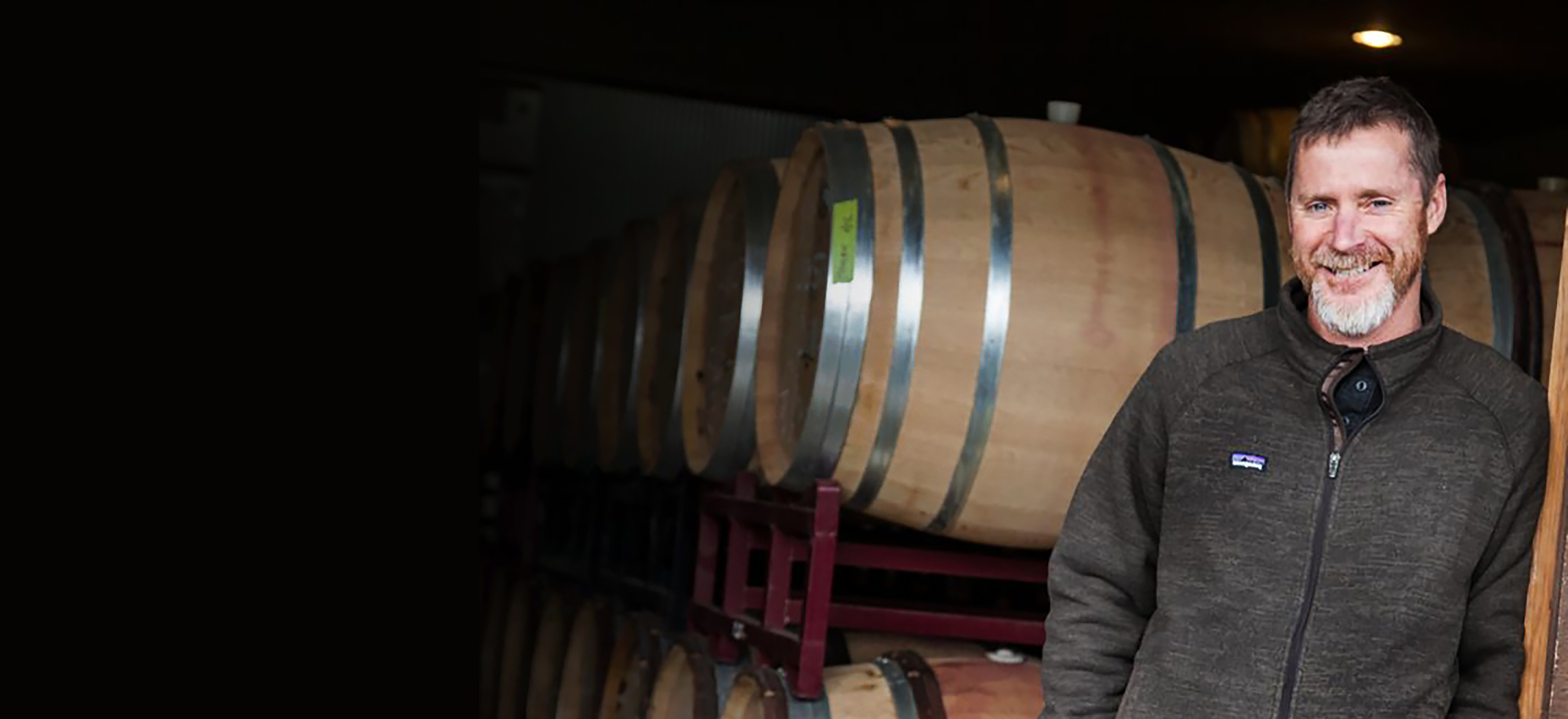 Region:
Region: -
Description:
Domaine Dumien-Serrette is the type of throw-back, traditional winery that you hope to stumble upon when you are searching for wines from the Northern Rhone (but rarely ever find). We met Gilbert Serrette in 2008. You can imagine our surprise when we walked into the cellar and saw an old basket-press. Our mood, and hopes, immediately rose. It was the same press that had been used by Nicolas’ grandfather and they were still using it to make their wines.
The wines are made by the Dumien-Serrette family in a tiny cellar that is under the town’s church. They make approximately 1000 cases total per year, not enough to live off of without the supplement of a full-time job. The wines are a throw-back to a style that is found less and less today. Nicolas Serrette, who took over from his father Gilbert in the early 2000’s is making investments in the winery and adding land slowly in hopes to afford working at the winery full-time before he retires.
Nicolas learned how to make wine the old-fashioned way, from his father, Gilbert Serrette and Gilbert learned from his father-in-law, Henri Dumien. The Dumien name can be found mentioned in Cornas as far back as 1515. The Dumien family bought three and a half hectares in 1925, thirteen years before it became an appellation. Most of this land, three hectares, is found in the Patou vineyard, which has primarily granitic soils; the remainder is located in Les Savaux. The vines in Patou date back to the 1920’s, with some exceeding 100 years old. After years of selling in bulk to negociants such as Delas, Chapoutier and Jaboulet, Domaine Dumien-Serrette began to bottle their own wine in 1983.
They own mostly old vines and farming is organic, but not certified. No herbicides or pesticides are used and there is not much of a threat of mildew in the north. The vines are trained into arched two-vine canopies to protect against wind and hail. The Patou vineyard is very steep and Gilbert, in his retirement, but still helping out Nicolas, insists on tending the vines using a special cart he invented which pulls him slowly up the rows while he works.
In the cellar, they generally de-stem half of the fruit. It’s fermented spontaneously in cement tanks. The basket press was finally retired a few years ago in exchange for a very nice gentle vertical press, but thankfully the profile of the wine has not changed. They do not punch down, opting to submerge the cap with a grate for a gentle extraction. After malo, which generally happens before Christmas, the wine is aged for two years in two to seven year old barrels. It’s then bottled without filtration or fining.
In recent years, Nicolas has bought a bit more land, the reason they needed a new press. Serrette now makes Saint Peray, and an IGP Collines Rhodaniennes Syrah that is just south of Cornas near the Rhone River. In 2023, he added one hectare in Cornas, but the vines don’t have fruit yet. And in 2022, they planted .25 hectare of Syrah in Saint Joseph, first vintage is anticipated in 2025.
The Dumien-Serrette wines are exceptional and in a class of their own. The entire Serrette family came to New York to celebrate Bowler’s 20th anniversary and Gilbert was so impressed to see their wines from their tiny village of Cornas in New York and sold throughout the United States. When he started with his father-in-law in the 1980’s, he never could have imagined this outcome. We are honored to be a part of their story.
Image: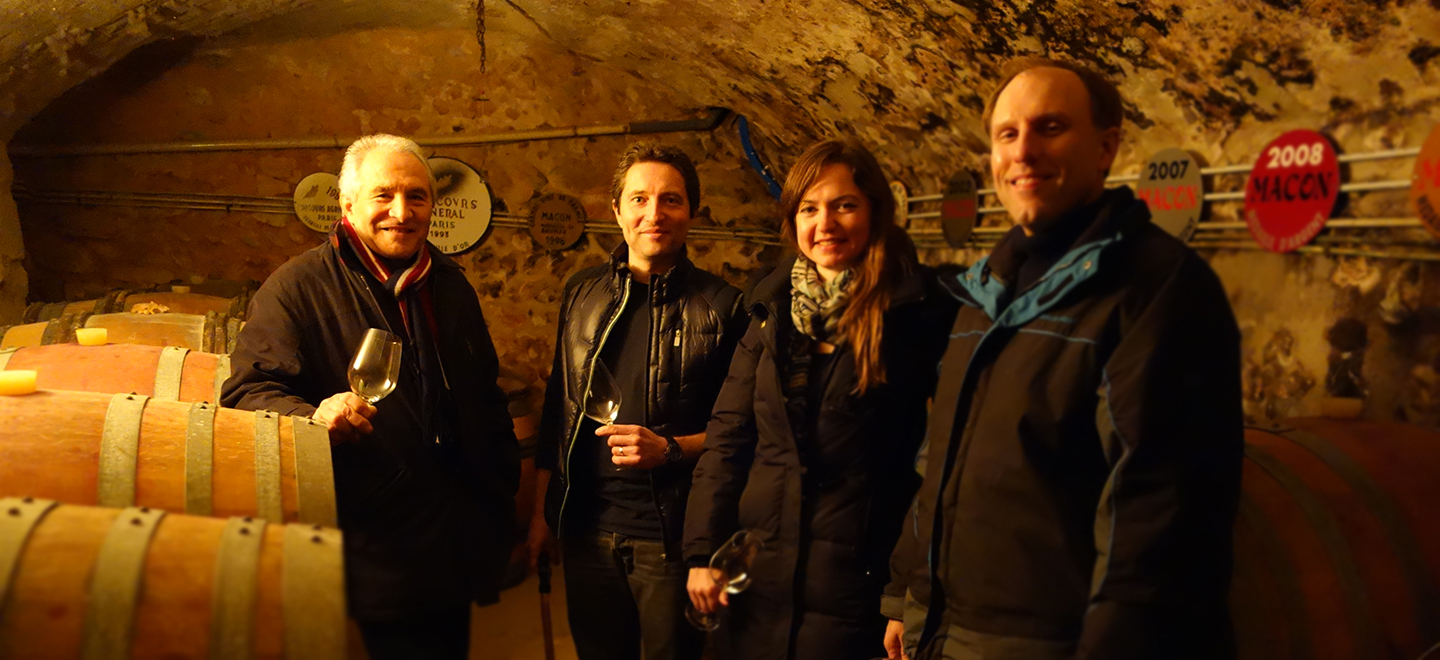 Region:
Region: -
Description:
Familia Durigutti wines are made by brothers Hector and Pablo Durigutti. Hector first became known for his work with Altos Las Hormigas. He was one of the founding partners and the winery’s first winemaker. For the past few years he has been bringing us wines made under his own label. The vineyards have been under organic practices for many years and will soon be certified as such. Only native yeasts are used and filtration is kept to a minimum.
This profile and tasting notes were edited from the Elixir Wine Group website, along with the pictures used. For more information please visit: Elixir
Image: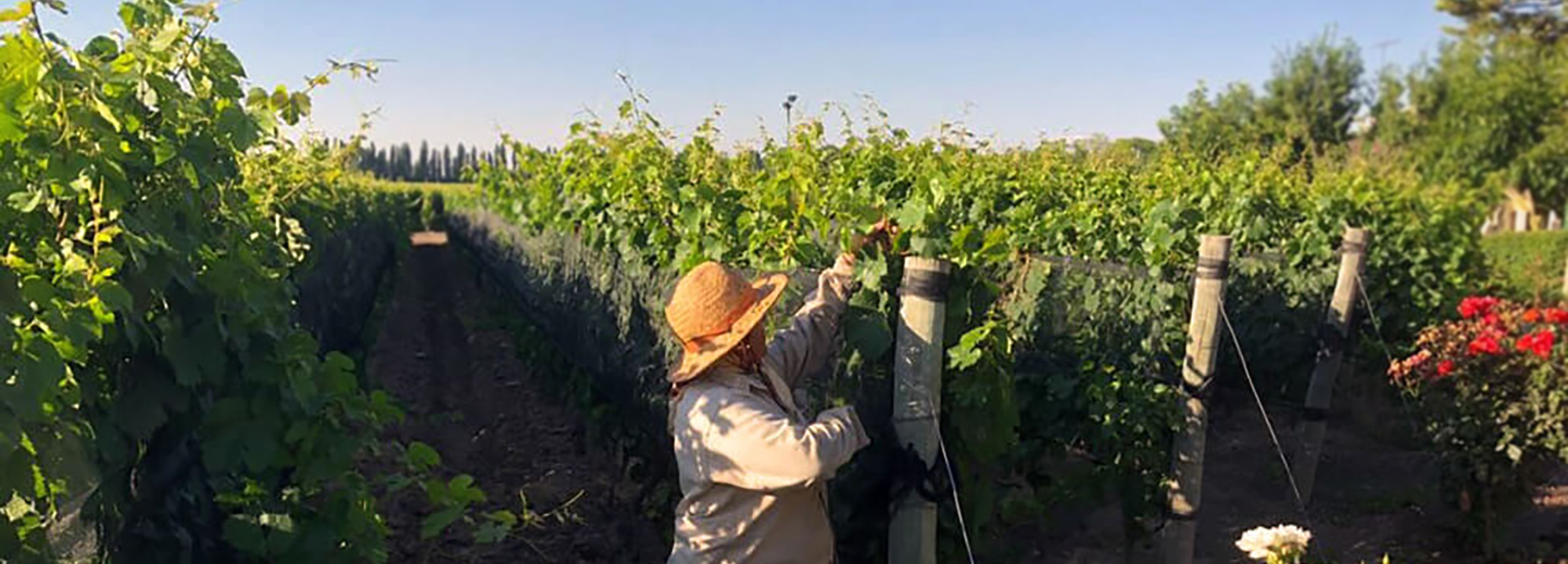 Region:
Region: -
Description:
Jean Case & her husband Steve founded Early Mountain Vineyards in 2012 in central Virginia. With a strong commitment to the vineyard as well as a fervent expression of place, Early Mountain’s mission is to craft high-quality wines and to support Virginia’s ascent as a world-class wine region. The Early Mountain team farms 55 acres and works with growers of other quality mountainside vineyard sites largely along the Eastern side of the Blue Ridge where the rocky soils, elevation, and slopes grow wines of distinction.
Winemaker Maya Hood White adjusts her winemaking to the vintage, with an approach of fermenting block-by-block utilizing ambient ferments, judicious stem inclusion, and low-intervention winemaking. The élevage for many of their wines includes long lees aging in large-format barrels to build complexity and texture. Renowned for their work with Petit Manseng and Cabernet Franc, Early Mountain approaches each vintage as an opportunity to further hone their winegrowing approach and share their knowledge with the burgeoning Virginia wine community.
In addition to their vinifera wines, Early Mountain’s Young Wine series elevates hybrid grape varieties (Vidal Blanc & Chambourcin), seeking out quality sites and producing fresh, youthful wines with no additives.
Image: Region:
Region: -
Description:
A note on Ecstatic Truth -
"The foreground goal is, of course, to deliver a delicious bottle of wine. But behind it all is an idea that a wine should be enough - a confluence of time and place - and that technical issues and craft should only matter to the maker, providing an aesthetic framework, but never to those who consume and enjoy it.
The wines I am making under the Ecstatic Truth label aim to be transparently 'wine'. Because I will not include grape names or vineyard locations, the wine drinker has to fall back on the one thing left to him or her - personal opinion. How does it taste? and, do I like it?" - Hank Beckmeyer
Image: Region:
Region: -
Description:
Although you would undoubtedly get a humble, soft spoken reply if you tried to tell him so, Steve Edmunds is one of the greatest winemakers in California and, frankly, the world. This is all the proof you need that the United States can produce incredible wines. Whether we’re talking about his classic Syrahs and Rhône blends or his more recent ventures into Gamay and atypical white blends, this is the real deal. And now, with almost three decades of practice, his wines are as remarkable as ever. He’ll never make a blockbuster fruit-bomb, and critics don’t always give him due attention, but Steve is still out there making the uncompromising wines he always has. The winery started in 1985 when Steve and his wife, Cornelia St. John, bought a few tons of grapes from some old vineyards and produced their first vintage.
The wines were Rhône inspired: Syrah, Mourvèdre, and a Châteauneuf-du-Pape style blend. Over the years Steve has worked with many other varietals but Rhône blends and Syrahs have always been the heart of Edmunds St. John. Little has changed in Steve’s winemaking since that first vintage, he starts with quality fruit from great sites and, preferably, older vines. In the cellar he keeps a light touch, using hand punch-downs and going easy on the oak. For the Rhône reds, Steve ferments them in one to six year old barrels and puncheons; for the whites and Gamay it’s all stainless steel.
The resulting wines, while delicious young, are incredibly age-worthy; they almost seem like they could last forever, growing only more complex and surprising. Even his Gamays and Whites can age for ten years or more with compelling results. They are fascinating to taste year after year; the evolution of just a few years reveal a whole new dimension to a wine you thought you had already figured out. It is remarkable to still be surprised by a winemaker after almost thirty years, but Steve never fails to challenge what we believe we already know. Surprises are an underappreciated quality in wine, and we’re fortunate to have someone out there who hasn’t forgotten that. On some bottles Steve claims to bottle by “Blind Luck and Intuition,” and it’s possible that it’s true. It has, however, been a very long streak of luck and a lot of very good intuition.
Image: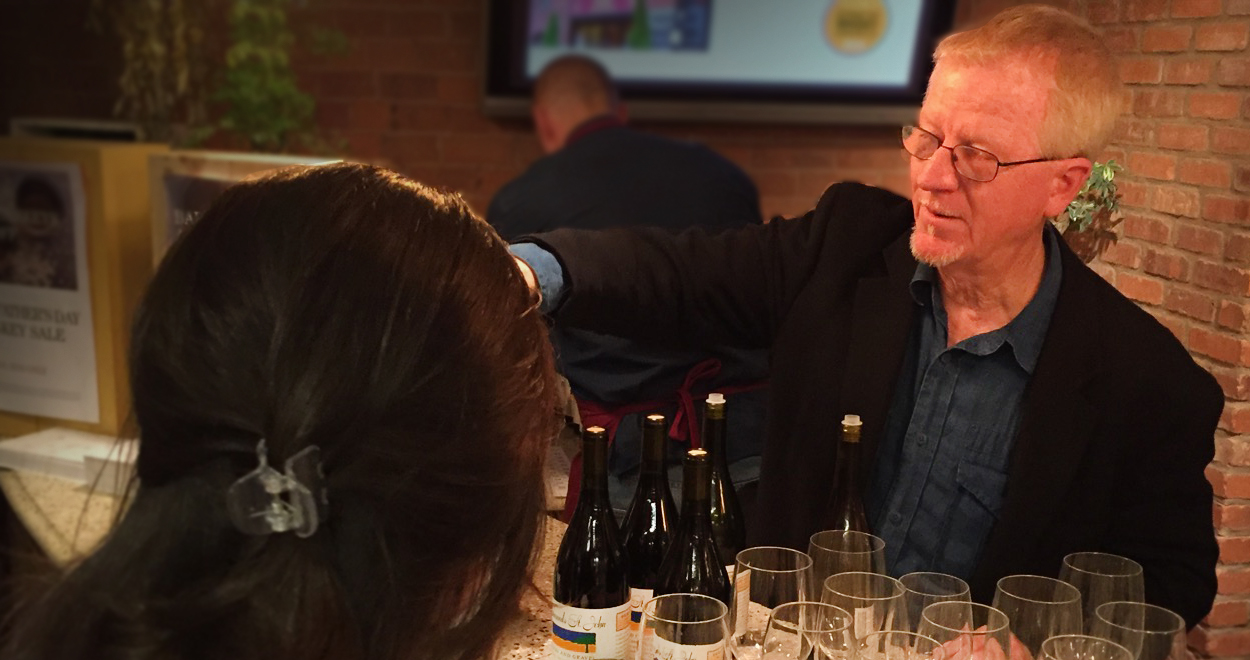 Region:
Region: -
Description:
Bodegas Cerrosol is a family owned winery located in the heart of the Rueda appellation in Santiuste de San Juan Bautista, around Segovia; this area is considered to be the best in the DO.
Their vineyards are their pride and joy. The high altitude (830m to 910m) means that the temperature swings from day to night are dramatic, which adds complexity to their wines; due to the sandy soils, the vines can grow safely phylloxera-free, which the family feels allows them to better express the terroir. To give you an idea of how rare this is, there is only one other area with pre-phylloxera vineyards in Castille and León, in Toro to the west.
Their philosohy is simple: they farm sustainably and use only the bare minumim of sulfur to produce wines of freshness and quality, year-in and year-out.
Image: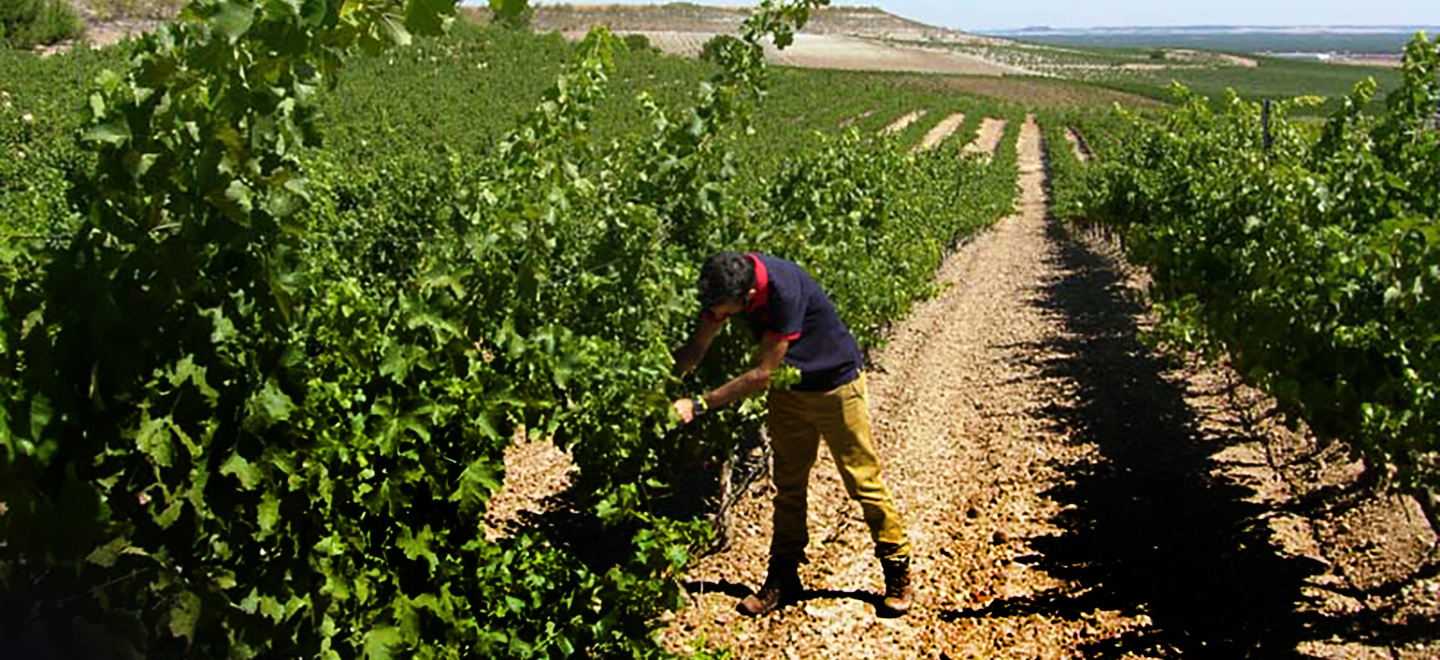 Region:
Region: